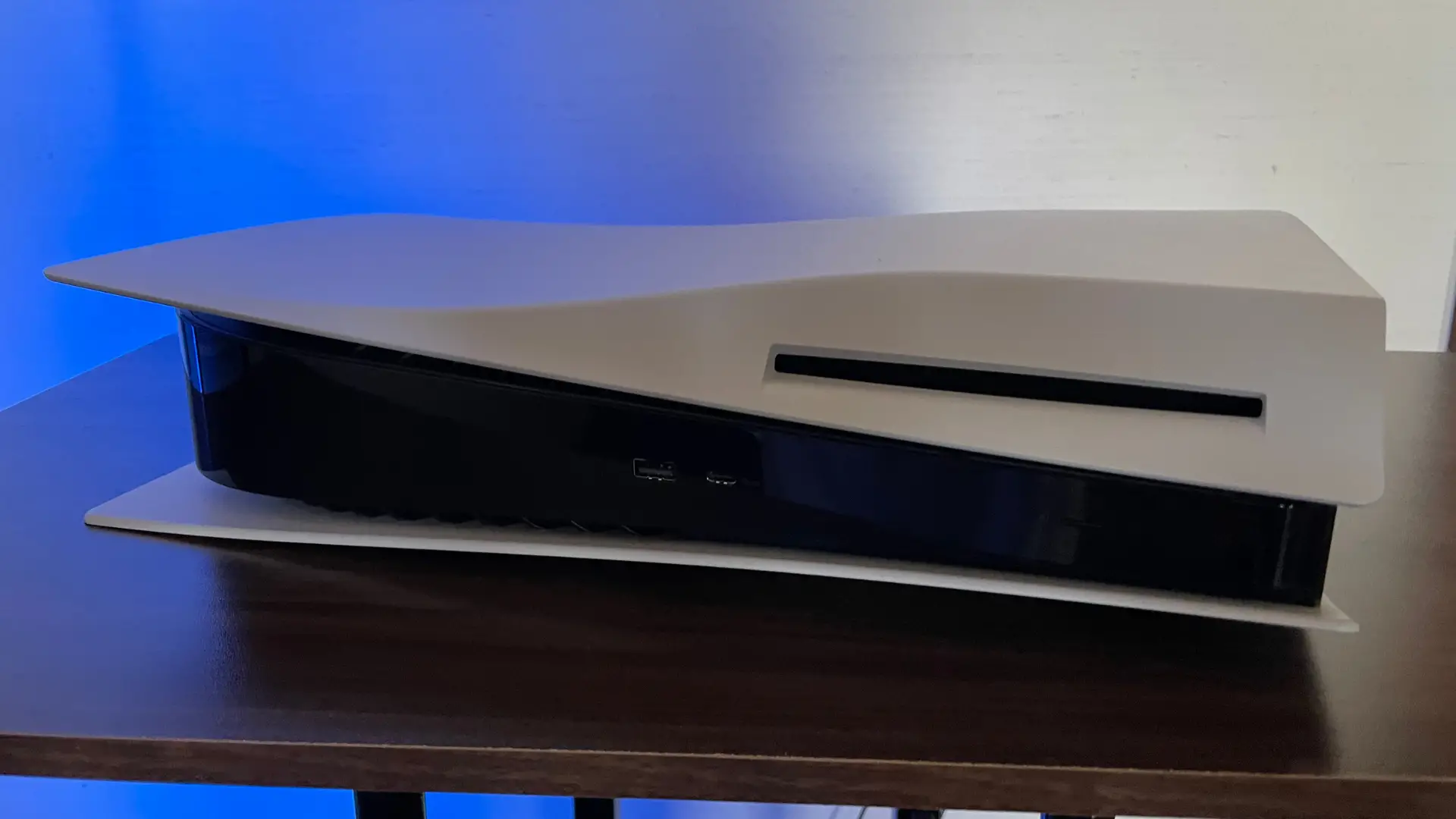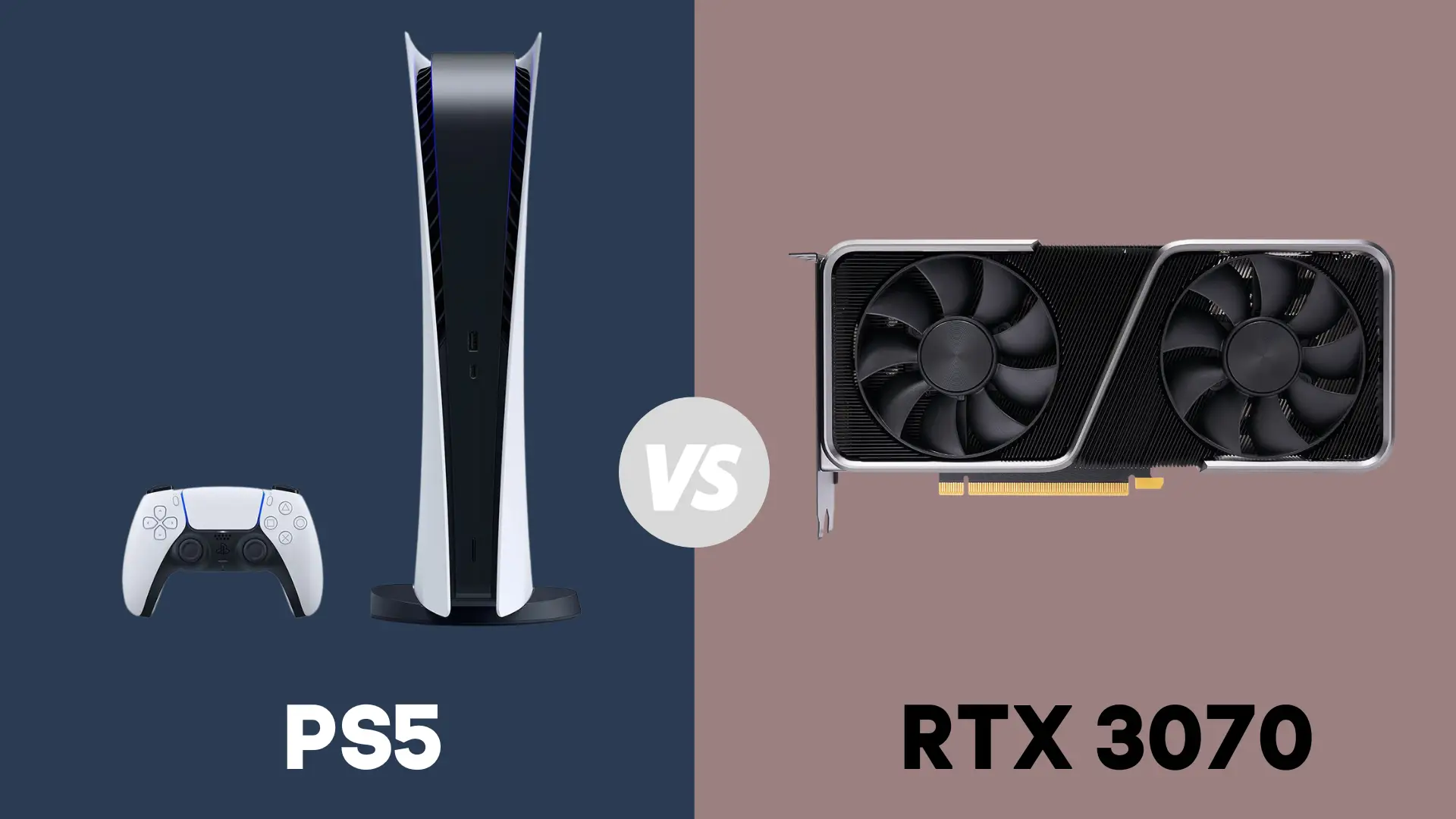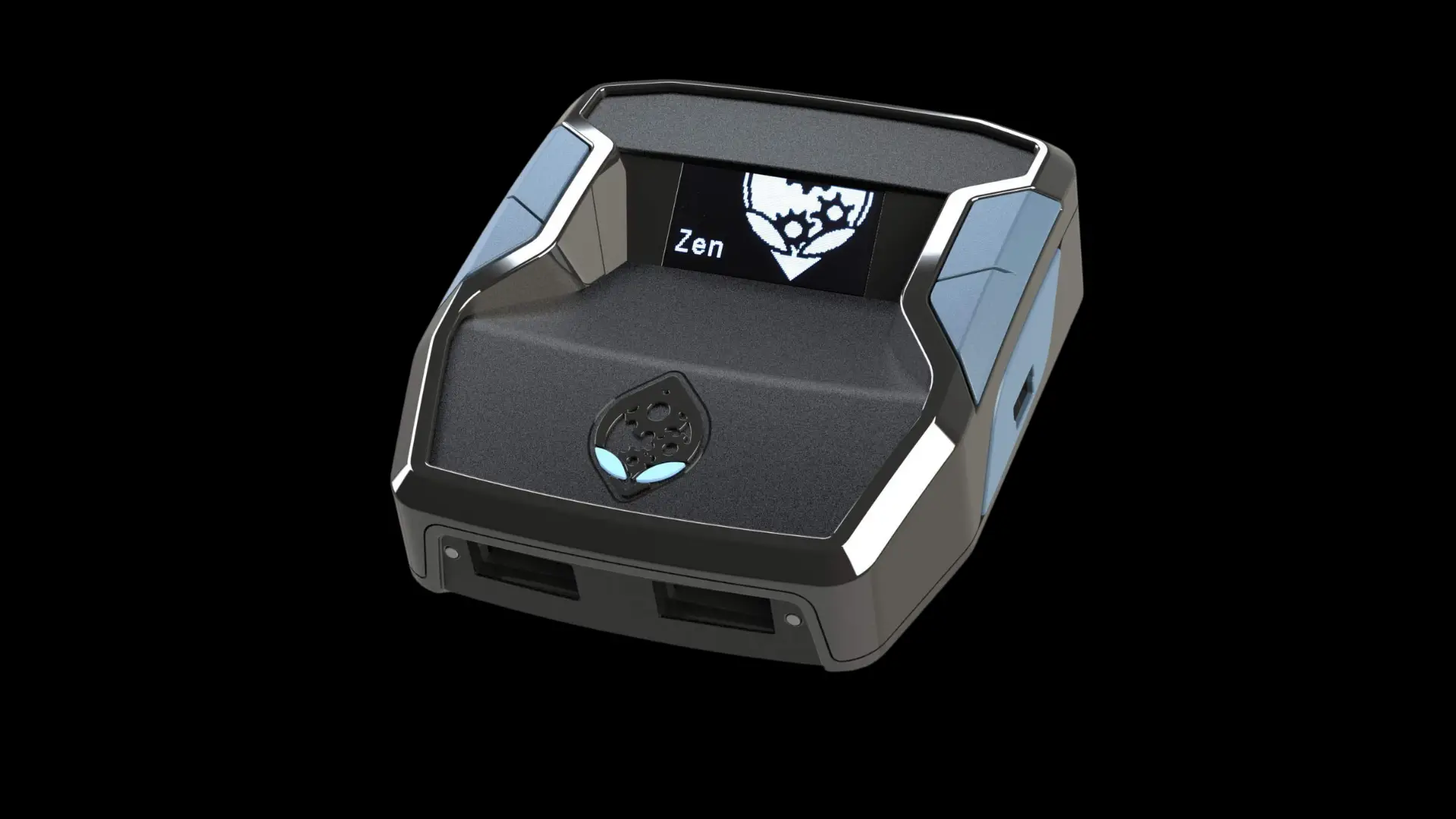Can Pulse 3D Connect to PC?

The Pulse 3D headset is one of the new accessories released alongside the PlayStation 5 and has solid reviews regarding its immersion into games, movies, and music soundscapes. Many wonder what other devices are compatible with the headset, from other gaming consoles to PCs with such audio quality.
The good news is the Pulse 3D headset is compatible with both Windows and Mac PCs. In a few minutes, you can pair your Pulse headset with your PC much like you would any other pair of wireless headphones and enjoy the audio quality while listening to music, streaming, or playing a PC game.
Keep reading to learn how to set up your Pulse 3D headset on your PC, some of the other devices compatible with the headset, and how to solve a few of the issues you might run into while using your headset.
Does the Pulse 3D Headset Connect to PC?
The Pulse 3D headset uses a USB dongle to wirelessly connect to devices, so as long as your PC has a compatible USB port, you can connect your headset to it. You may need to download some additional drivers onto your PC to make the headset the audio output devices, which your computer should give you prompts to walk you through the process.
How to Connect the Pulse 3D Headset to PC
Gaming while using your Pulse headset is a great way to immerse yourself in the game’s world and communicate with friends using the microphone. Since the Pulse headset uses a USB dongle, connecting and using the headset on any device with a USB 3.0 port is relatively easy.
To connect your headset to your PC:
- Find the UBS dongle either in the packaging for the headset or plugged into your PlayStation.
- Plug the dongle into an available USB 3.0 port on your PC. For Mac computers, you may need an adaptor for the micro USB.
- Turn the headset on, and it should automatically pair with the dongle. You may see some prompts appear on the screen recommending you to install some drivers to ensure the headset works properly.
- In some cases, your headset will automatically configure the sound for you, and you can start gaming or listening to music right away. However, if you do need to configure the audio:
- Right-click on the sound icon, which looks like a megaphone, in the taskbar on the bottom right of your screen.
- Click “Open Sound settings” to open a new window.
- Under the “Output” heading, click the dropdown menu for “Choose your output device,” which will give you a list of audio devices.
- Select your Pulse 3D headset. You can test whether you are getting sound from the headset by playing some music and adjusting the mast volume below the Output settings.
How to Connect the Headset’s Microphone
The microphone on your headset may also automatically configure, but you may also need to check that the microphone is connecting whenever you switch devices. Remember that you might need to check the settings for the specific game you are playing if you find your microphone isn’t working.
To connect your headset’s microphone:
- Search for the “Sound Control” panel on your computer.
- Click on the “Recording” tab. You should see a list of available devices. Find your Pulse 3D headset and select it.
- At the bottom of the panel, click on “Set Default.”
- To set the levels on the microphone, click on the “Properties” button then the “Levels: tab in the new window. You can adjust the volume, so it fits your needs.
Your headset’s microphone should automatically start working when you connect your headset from now on, but you may find some issues if you switch between devices for your headset frequently.
What To Do When Your Headset Isn’t Connecting
The Pulse 3D headset has a straightforward setup for PC, but if you find that your headset isn’t connecting correctly, then there are a few quick things you can do to fix the problem.
- Check which port you are using. You may be using the wrong USB port for audio output, or the port itself might have damage of some kind preventing the connection.
- Faulty drivers that you need to reinstall. Open your “Device Manager” and uninstall the drivers related to the headset. Reboot your computer and reinstall the drivers when given the prompts.
- Unplug the USB dongle and plug it in again. This acts as a soft reset for the headset.
- Check that the headset isn’t on mute. You can check the Sound icon in the taskbar and check the sound settings for your computer and the specific game or video player you are trying to use.
- Try connecting to another device to check that the headset is working correctly. Connecting with another device will help you determine if the problem is with your PC or the headset itself.
What Other Devices Can Connect to Pulse 3D?
Since the Pulse 3D headset has a USB dongle, plenty of other devices besides the PlayStation 5 are compatible with it.
Devices the Pulse 3D headset are wirelessly compatible with:
- PlayStation 5
- PlayStation 4
- Windows and Mac computers
- Nintendo Switch
The Pulse headset also comes with a 3.5 mm connection with is the standard for more headphones so that you can use them with a wired connection on most devices with a headphone jack, but it will not have the 3D audio or allow you to adjust the volume.
Devices you can use the 3.5 mm connection with:
- Mobile devices
- Xbox Series X or Series S
Remember that using the wired connection comes with limitations for what the headset can do since it is ultimately for a PlayStation 5 and works best with Sony products.
Final Thoughts
While the Pulse 3D headset is for the PlayStation 5, there are still plenty of other compatible devices, including your PC. If you plug in the USB dongle and turn on the headset, it should connect automatically so you can enjoy whatever game or streaming platform you choose.
- How to Pair Meta Quest 3 Controllers with Your Quest 3 Headset: A Quick Guide
- How to Charge Meta Quest 3: A Guide to Powering Up Your VR Experience
- How to Cast Meta Quest 3 to Samsung TV: A Step-by-Step Guide
- How To Factory Reset Your Meta Quest 3: A Step-by-Step Guide
- How to Power On and Off the Meta Quest 3





